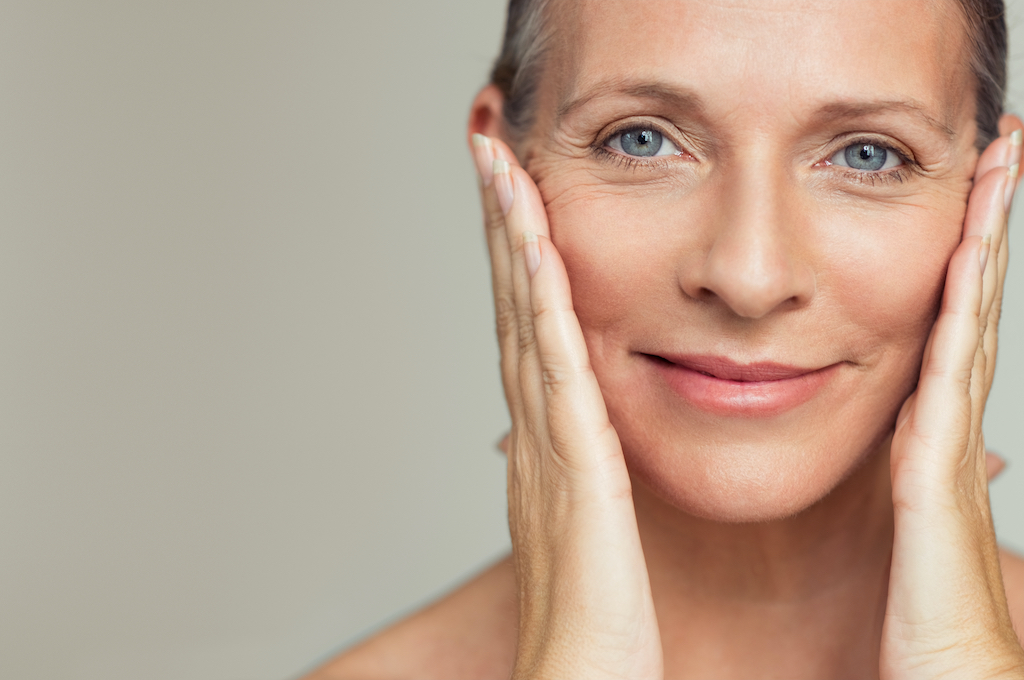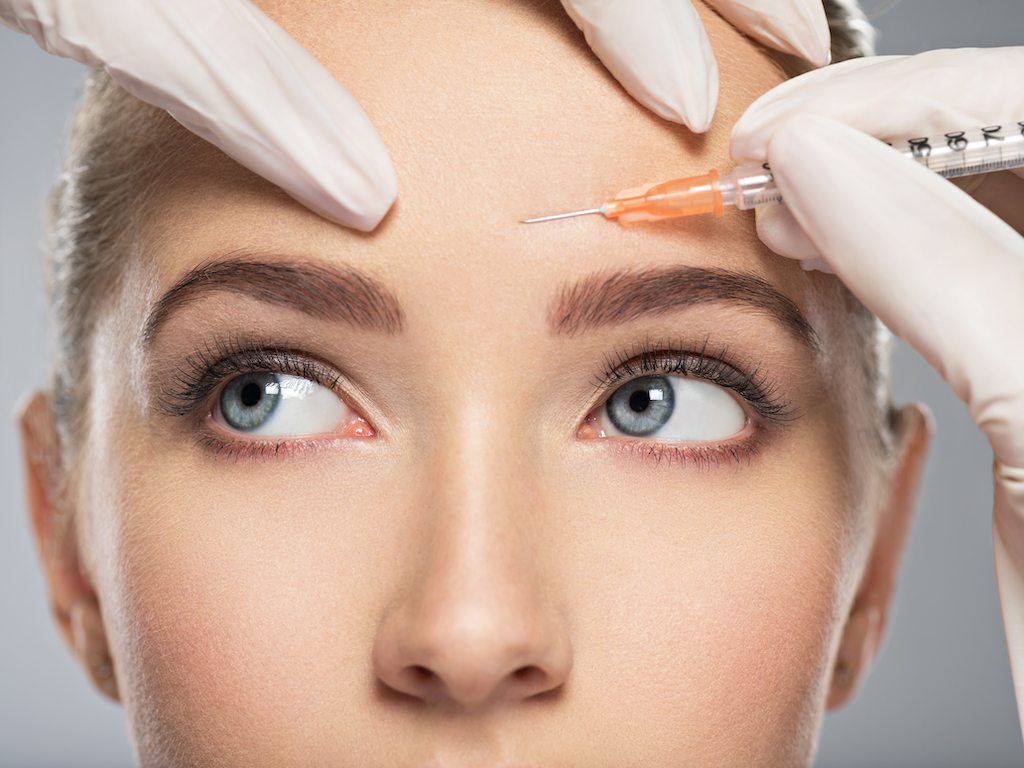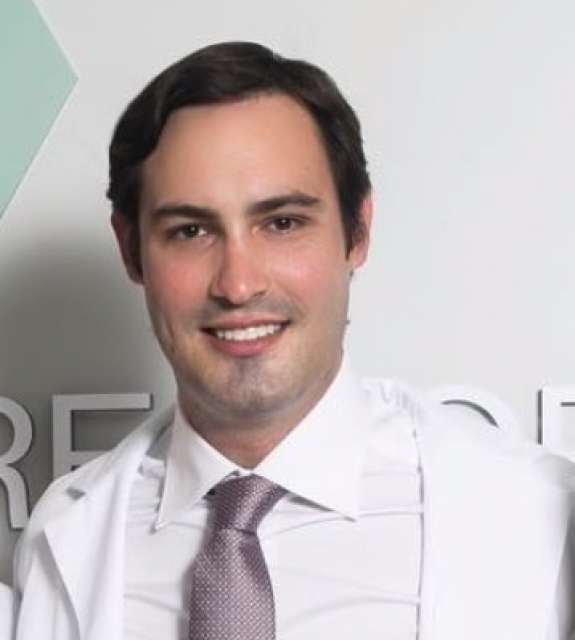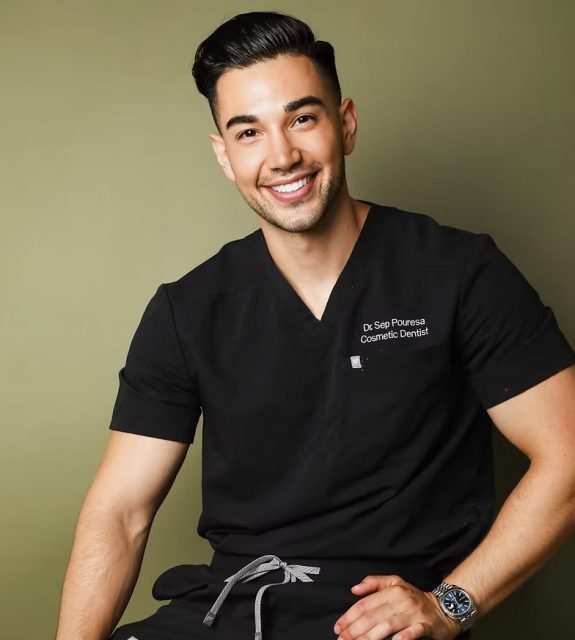Dr. G. Hunt Neurohr is an American Board Certified Plastic Surgeon who has practiced in Dallas, Texas for over 25 years. He is dedicated to helping improve people’s lives through Plastic and Reconstructive Surgery. Dr. Neurohr developed his interest in faces during his surgical training to treat cancers of the head and neck and immersed himself into the anatomical and surgical study of the region. The face is most challenging area to achieve surgical non-detectability; so, Dr. Neurohr further pursued his post-doctoral studies in facial aesthetic surgery with Dr. Bruce Connell at the Connell Clinic in Santa Ana, California. It was there that he realized he was adept at visualizing possible results for individual patients. If he could “see it,” his hands could make it happen.
Haute Beauty sits down with Dr. G. Hunt Neurohr to learn about the variety of options he offers to treat wrinkles in the face.
 Photo Credit: Shutterstock
Photo Credit: Shutterstock
HB: What minimally invasive options do you offer to address wrinkles in the face?
I offer several minimally invasive options to address facial wrinkles such as Botox, a variety of hyaluronic acid fillers, fat grafting, and plasma resurfacing.
HB: What is the difference between the Botox, Fillers, Fat Grafting, and Plasma Resurfacing?
The magic of Botox is its selective ability to temporarily paralyze facial muscles that can cause wrinkles due to repeated expression such as frown lines, forehead wrinkles and crow’s feet as well as creases which can occur around the mouth and the chin. Botox can certainly help to soften these wrinkles by preventing the muscular movements that cause them.
Hyaluronic acid fillers (Juvederm, Volbella, Restylane, etc.) do just what the name suggests. These fill the tissue under the surface of the skin to counteract the crevices that are at root of the wrinkles. The results can be seen almost immediately but some patients can temporarily experience minor swelling or bruising.
Fat Grafting works on a different biological basis than hyaluronic acid fillers. It is a transplant biotechnology that actually moves tissue from one part of the body to another. Once there, it lives there. The technique employs transferring fat cells but also introduces stem cells; all of which help to rejuvenate and reduce wrinkles. Fat Grafting has immediate effects; however, there may be more bruising or swelling than fillers. Some of the grafted fat lives where it is placed but some of it fades leaving only collagen. The aesthetic effects of the injectable fat grafts are manifested after several weeks. After three months’ time, the result is essentially permanent, because at that point, the fat is living in the transplanted location, and it part of the tissue’s architecture.
Plasma resurfacing (using Renuvion cosmetic technology), is a powerful and incredibly effective method that employs an ionized helium gas and radiofrequency to remove the outer layers of skin cells and stimulate collagen within the deeper layers. This technology effectively removes and reduces superficial wrinkles of the face. Plasma resurfacing is a time-intensive treatment. The outer layer peels away in about ten days; however, the skin will be red and inflamed for an additional 6 weeks post-treatment, at which time the skin will gradually return to its original pigment. Makeup can be used to cover up the discoloration during this time but it must be recognized that there will be about a two month period of skin discoloration.
HB: Who is the best candidate for each?
Botox is suited for patients who have prominent frown lines between the eyebrows or deep lines in the forehead but do not have actual sagging of skin or droopy eyebrow.
Hyaluronic acid fillers are best for patients who have a loss of dermal structure in the face, lines between the cheek and upper lip or between the cheek and the chin. Fillers work beautifully to enhance the definition of the lip as well as the volume and size of the lips. They can also be used to accentuate the cheek area and cheekbones and improve jawline definition.
Fat grafting is a great option for patients who have loss of volume or aging/deflation of the cheeks with deeper nasolabial folds, tear troughs under the eyes, hollows in the temples or mid-cheek region and sagging of the chin.
Plasma resurfacing is optimal for patients who have smoker lines of the lips and chin area and occasionally for those individuals who have loose superficial skin of the lower eyelids.
 Photo Credit: Shutterstock
Photo Credit: Shutterstock
HB: Do you have a preferred method?
I utilize the method that best suits each patient’s needs. I will assess the clinical and diagnostic concerns and develop a treatment that caters to the individual in order to address their problem areas.
HB: What is the cost for each?
Botox and hyaluronic acid fillers cost between $400 to $1,500 depending on the quantity/volume of the product used. Fat grafting ranges from $2,000 to $6,000 and plasma resurfacing treatments begin at $3,000.
For more information, visit Dr. G. Hunt Neurohr's social media:





















